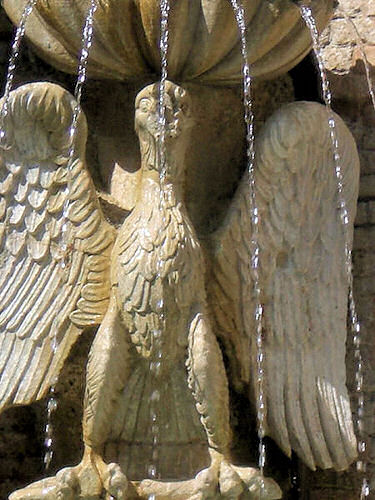Placed on a hill towering the Tiber valley, Todi sinks its roots into the mists of time. According to a legend it was founded by the Veii Umbri, an ancient people of that area, while history fixes its foundation by the Etrurians between the 3rd and the 1st century b. C., when the first city walls were built.
Roman municipium from the 1st century b.C., it retains remarkable remains of this period.
During the Middle Ages it assumes the typical form of the castle under the control of great feudatories and then of the VaticanState.
Free city-state at the beginning of the 12th century and then taken over by the VaticanState in 1367, in the early 14th century the signals of a progressive decay are already visible. The decline was interrupted only in the 16th century thanks to the patronage of the Bishop Angelo Cesi.
Jacopone da Todi, the author of the famous lauds, was born here in 1236. |
|
To be visited:
- Santa Maria della Consolazione Church
- S. Fortunato Church
- Parco della Rocca
- Palazzo del Popolo
- Palazzo del Capitano
- Palazzo dei Priori
- Duomo
and under piazza del Popolo the Roman tanks aqueduct with its 5 km of tunnels.
Remember that Todi, as well as all Umbria, is also a land of flavours: wine, cheese, salami, mushrooms and truffle, bread, homemade pasta and extra virgin olive oil.
Thanks to Giulio Pettenò for the photographs
|





















































